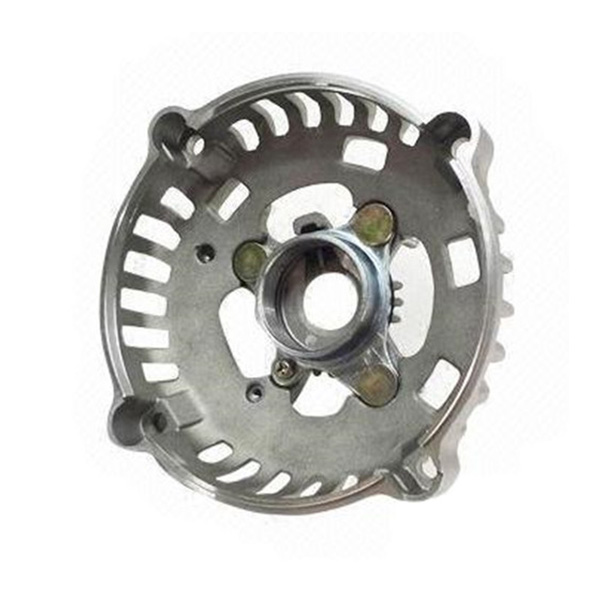Mobile:+86-311-808-126-83
Email:info@ydcastings.com
Selecting the Right Impeller for Efficient Sludge Pump Performance
Understanding Sludge Pump Impellers Key Features and Applications
Sludge pumps play a crucial role in various industrial applications, especially in wastewater treatment, mining, and construction. At the heart of these pumps are the impellers, which are essential components that determine the efficiency and effectiveness of the pumping process. This article delves into the significance of sludge pump impellers, their design features, and their applications.
What is a Sludge Pump?
A sludge pump is primarily designed to handle thick, viscous materials often found in wastewater treatment facilities, sludge tanks, and settling ponds. These pumps differ from regular water pumps due to their capability to transport solids and slurries without clogging or damaging the equipment. The impeller, being the main component that imparts energy to the fluid, is critical to the pump’s overall performance.
Impeller Design Features
1. Material Composition Sludge pump impellers are typically constructed from robust materials such as cast iron, stainless steel, or specialized alloys. This ensures durability and resistance to wear, especially in harsh environments where abrasive particles are present.
2. Impeller Type The design of the impeller can vary significantly based on the application. Common types include - Open Impellers These have no shroud and allow for easy passage of solids. They are suitable for applications with larger particles but may be less efficient in generating high pressures. - Closed Impellers These consist of two shrouds that enclose the blades, providing higher efficiencies and better pressurization, making them ideal for pumping lower solids content. - Semi-Open Impellers These combine features of both open and closed types, allowing for good efficiency while accommodating some solids.
3. Blade Design The number of blades, blade angle, and curvature significantly influence the impeller’s performance. Most sludge pump impellers feature blades designed for optimal flow while minimizing turbulence, which can lead to erosion and wear over time.
4. Size and Capacity The size of the impeller is matched to the pump’s capacity requirements, ensuring that it can handle the expected flow rates and solid content of the sludge being pumped.
sludge pump impeller

Applications of Sludge Pump Impellers
Sludge pump impellers are utilized in a variety of industries, including
1. Wastewater Treatment In municipal and industrial wastewater facilities, these pumps transport sludge from clarifiers to digesters or dewatering units, crucial for the treatment process.
2. Mining Operations Sludge pumps play an integral role in managing tailings and mineral slurries, where impellers designed to handle abrasive materials are essential.
3. Construction Sites Sludge pumps help in dewatering processes, removing excess water mixed with sediments from excavation sites, ensuring work proceeds efficiently without delays.
4. Food and Beverage Industry These pumps are also employed to manage waste by-products from food processing, requiring impellers that withstand corrosive substances and uphold sanitation standards.
Conclusion
Sludge pump impellers are vital for ensuring efficient pump performance across various applications. Their design features, including material composition, blade design, and type of impeller, significantly affect their operation and longevity. Industries that rely on effective sludge management must give due consideration to the selection of appropriate impellers to enhance performance, reduce maintenance costs, and improve overall productivity. As technology continues to advance, the design and function of sludge pump impellers will likely evolve, leading to even greater efficiencies and capabilities in handling challenging materials.
-
Understanding Metal Casting TechniquesNewsApr.02,2025
-
Understanding Exhaust Manifolds for Enhanced Engine PerformanceNewsApr.02,2025
-
The World of Metal FabricationNewsApr.02,2025
-
Key Components for Pump and Turbo EfficiencyNewsApr.02,2025
-
Essential Tools for Automotive Maintenance and RepairNewsApr.02,2025
-
Durable Valve Components for Effective Water ManagementNewsApr.02,2025











